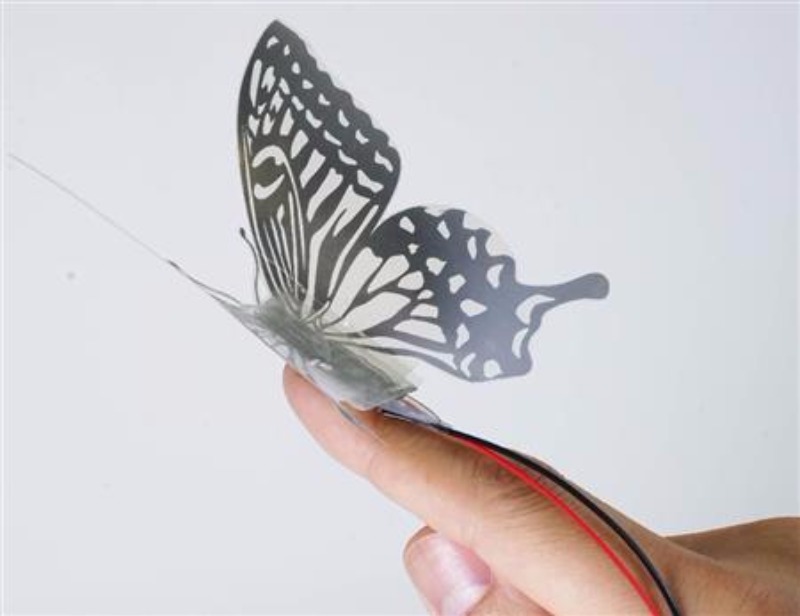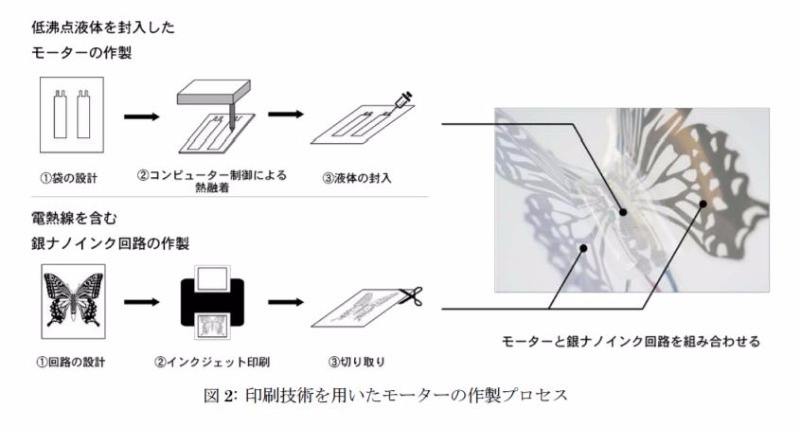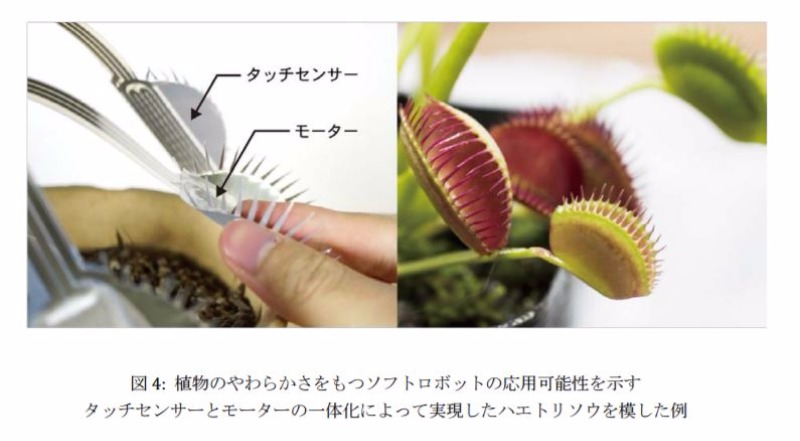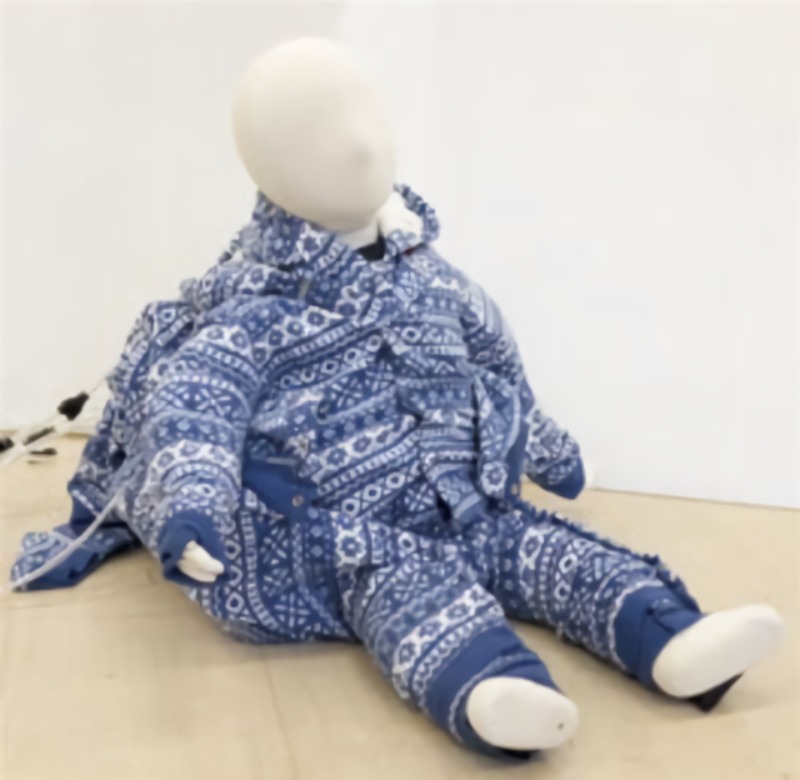
Dongda uses organic solvents as a driver to make bionic butterflies flap. (Photo / flip from the Japanese Industrial News)
Who said that if there is a steel shape, is it a symbol of strength? According to the Japanese media "Daily Industry News" reported that the soft and inflatable drive is receiving attention. The University of Tokyo and the University of Tsukuba, respectively, use organic solvents and air to create bionic butterflies that can flap their wings, as well as a power-on garment that helps children with polio get up. Let the "soft sputum" gas and liquid can also show the infinite power with "soft gram".
Lecturer Johor Bahru and associate professor Kawahara Kumbo, who teaches at the University of Tokyo, inject a low-temperature gasification organic solvent into the sealed bag as a drive. A heating wire made of silver ink is placed in a sealed bag, and the organic solvent is vaporized by a heating process to be driven. In addition, materials that combine functions such as capacitive sensors and antennas can be fabricated by printing techniques.
Lecturer Johor Bahru uses the example of “active origami†to create a bionic butterfly whose wings will slowly swing. The lecturer at Johor Bahru said that after the printing is completed, the liquid robot , the seal, and the scissors can be used to create a software robot that is like an origami.

Butterfly spread wing drive principle. (Figure / flip from Itmedia, the same below)
The 8 x 2.5 cm drive weighs only 3 grams and can be angled up to 90 degrees. By heating the current, it will vaporize as long as it reaches 34 degrees or more. The ends of the inflated bag will be tilted up and the wings of the butterfly will be closed. When the current is cut off, returning to the liquid state, the wings will open.

The effect of the flytrap can also be made.
Lecturer Johor Bahru said that the steps are simple and even primary school students can operate, expecting to attract more people interested in science and robots. Associate Professor Kawahara Kumbo said that software robots are different from steel-built robots, which can make humans safer to use.

The University of Tsukuba developed an inflatable power suit. (Photo / flip from the Japanese Industrial News)
On the other hand, Professor Tsukuba, a professor at the University of Tsukuba, and Assistant Professor Mengen Hideki, developed a power-on garment that helps people turn over and get up for children who are polio and unable to move freely.
To put it simply, the whole power suit is an inflatable suit. The air bag made of polyethylene is properly arranged in the arm, waist and back. After being inflated, it can support the child.
For the child to get up, first use the air bag to lift the child's arm and tilt the body, then lift the upper body and become a sitting position. The assistants explained that starting from the upper body, it takes less effort and is more stable.
In addition, the inside is equipped with a connector with a small hole to reduce the pressure on the pump. Assistant Professor Gengen said that the order of inflation is determined by the number of connectors, without relying on complicated air circuits. It is expected that clinical trials will be conducted in the next one or two years.
door opener keychain no touch,no touch keychain,no touch tool keychain,no touch keychain bulk, no touch keychain wholesale
Shenzhen Konchang Electronic Technology Co.,Ltd , https://www.konchangs.com